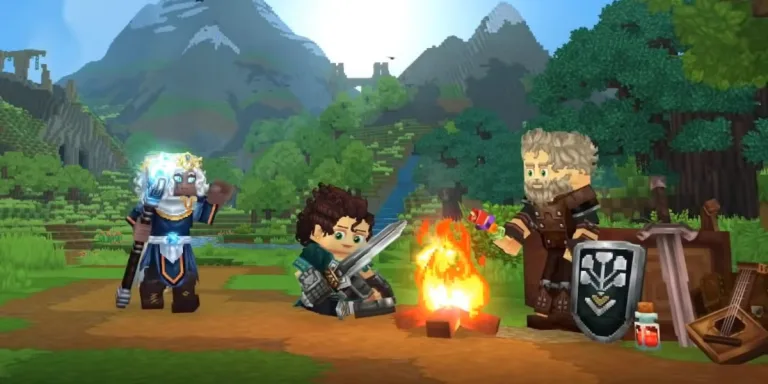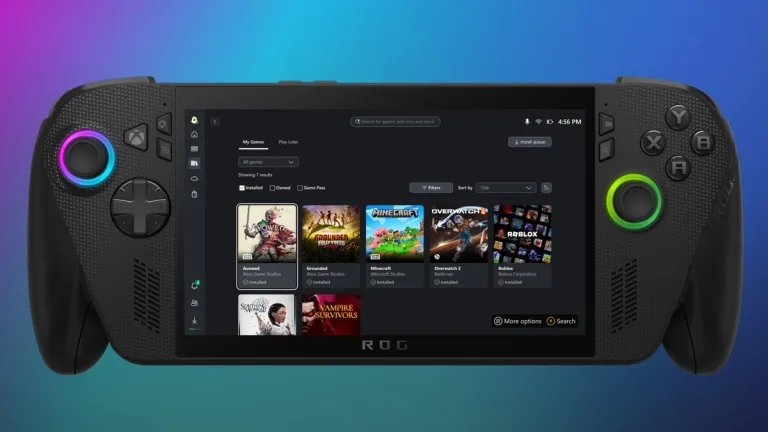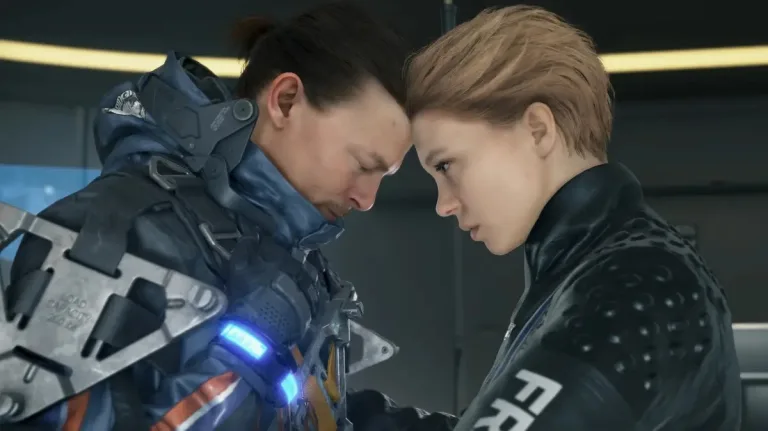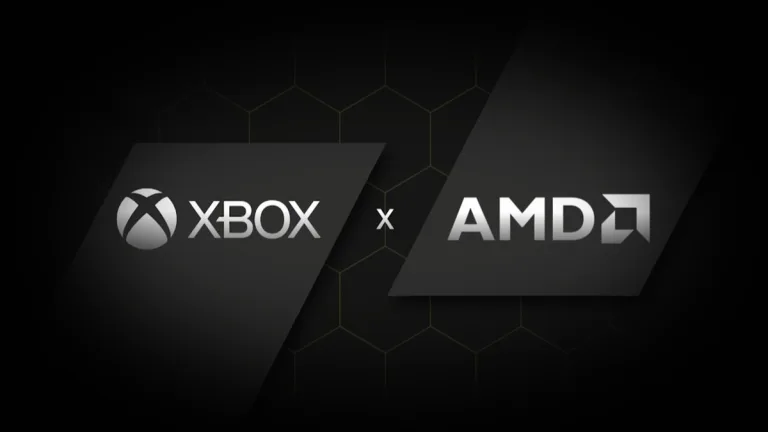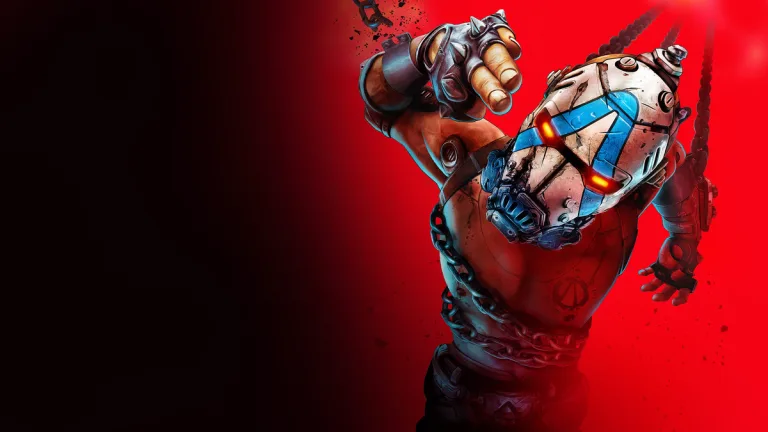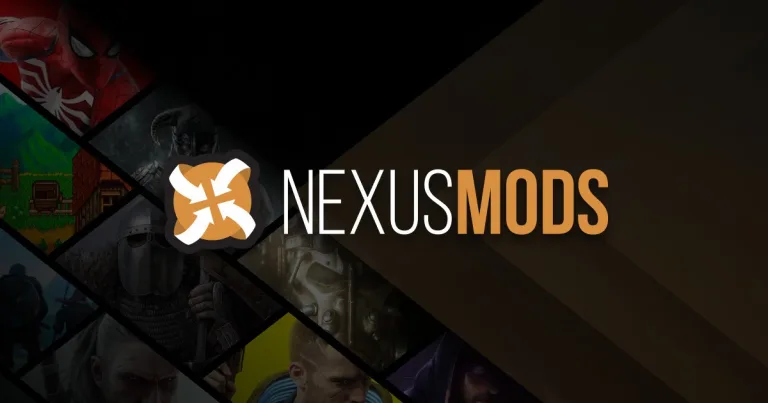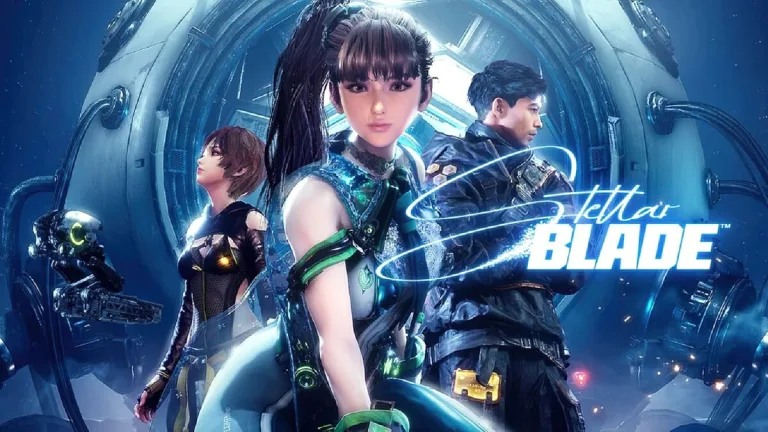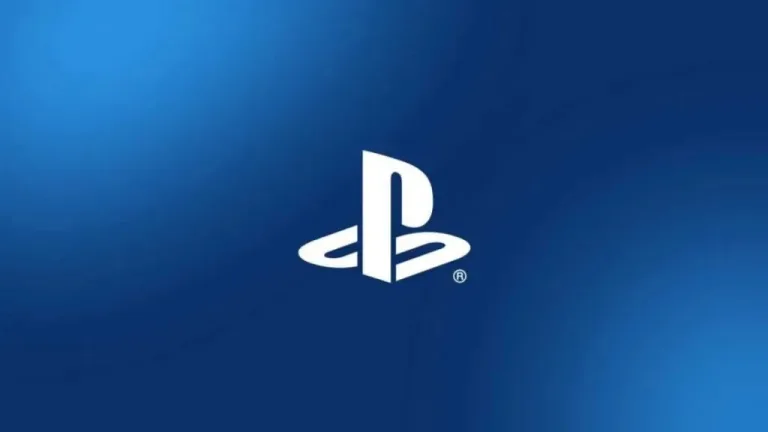On June 23, 2025, Riot Games stunned the gaming world by announcing the cancellation of Hytale and...
News
In a week already brimming with gaming news, Xbox has dropped two announcements that signal its evolving...
When Hideo Kojima isn’t redefining what a video game can be, he’s busy stretching the boundaries of...
Twenty years ago, Microsoft and AMD embarked on a journey that would redefine console gaming. From the...
Borderlands 4 is gearing up to be one of the year’s biggest looter-shooters—and Gearbox has finally peeled...
When a platform becomes synonymous with an entire hobby, its sale marks more than a business transaction—it...
In the world of gaming, few titles carry the weight and anticipation of Grand Theft Auto VI....
Stellar Blade exploded onto the scene as a PlayStation 5 exclusive in April 2024, winning hearts with...
CEO 2025 returned to Orlando, Florida (hosted at the Rosen Shingle Creek) from June 13–15, marking its...
This week’s Sony Investor Day wasn’t just another earnings call—it was a full-throttle, 360° look at how...


